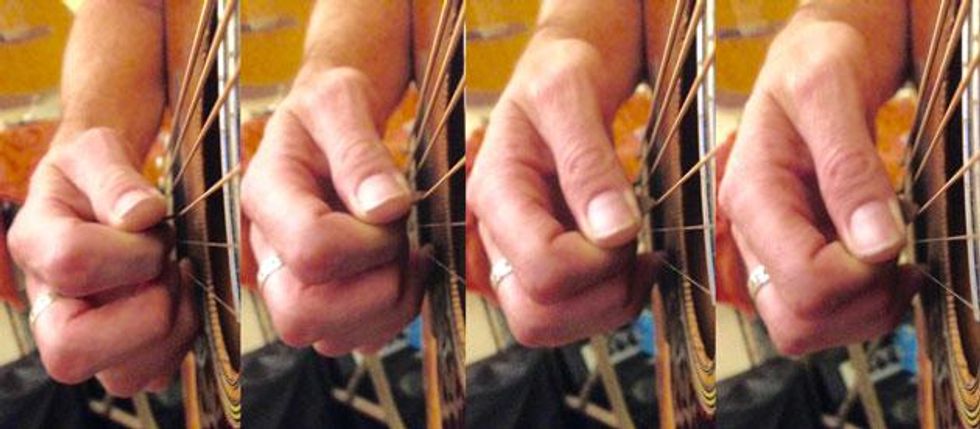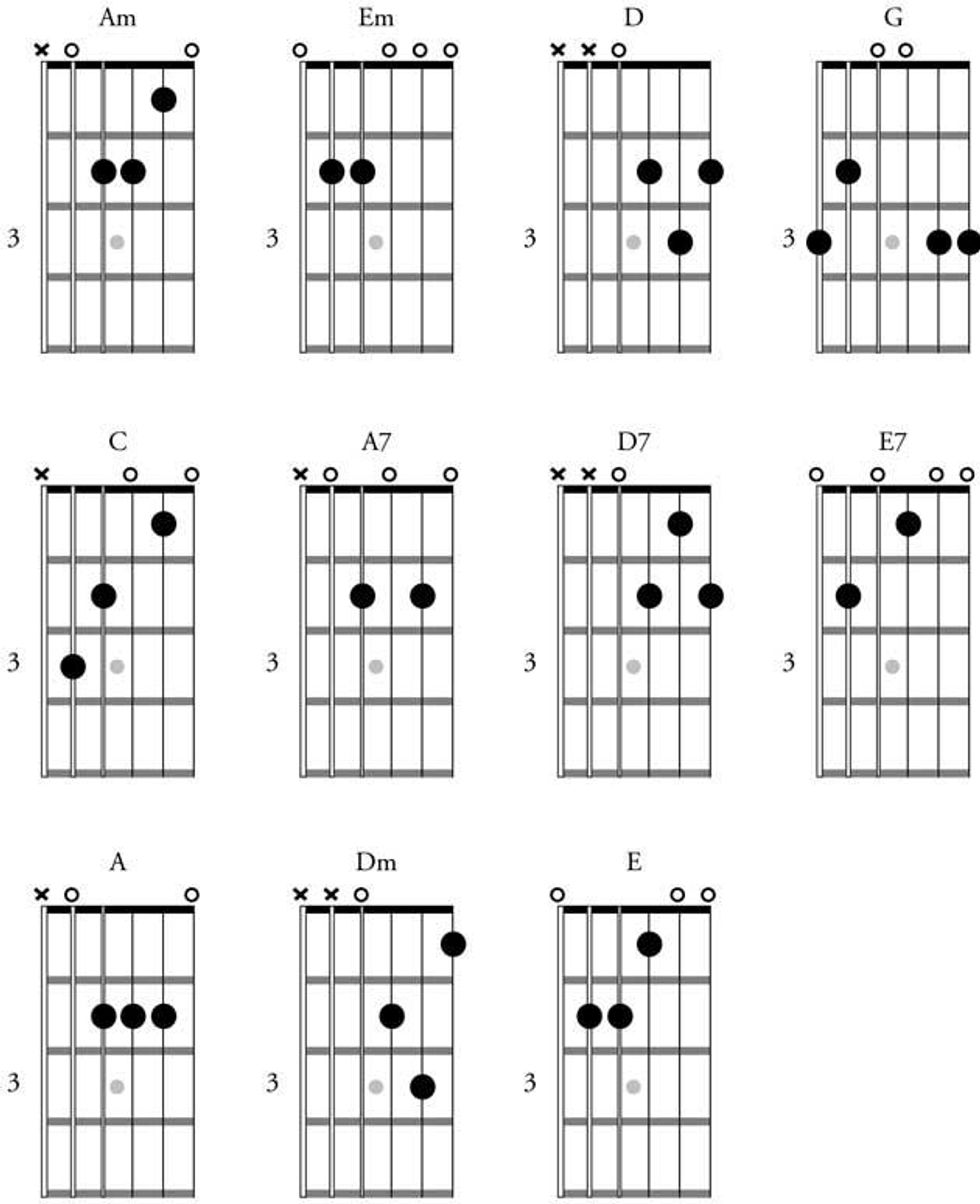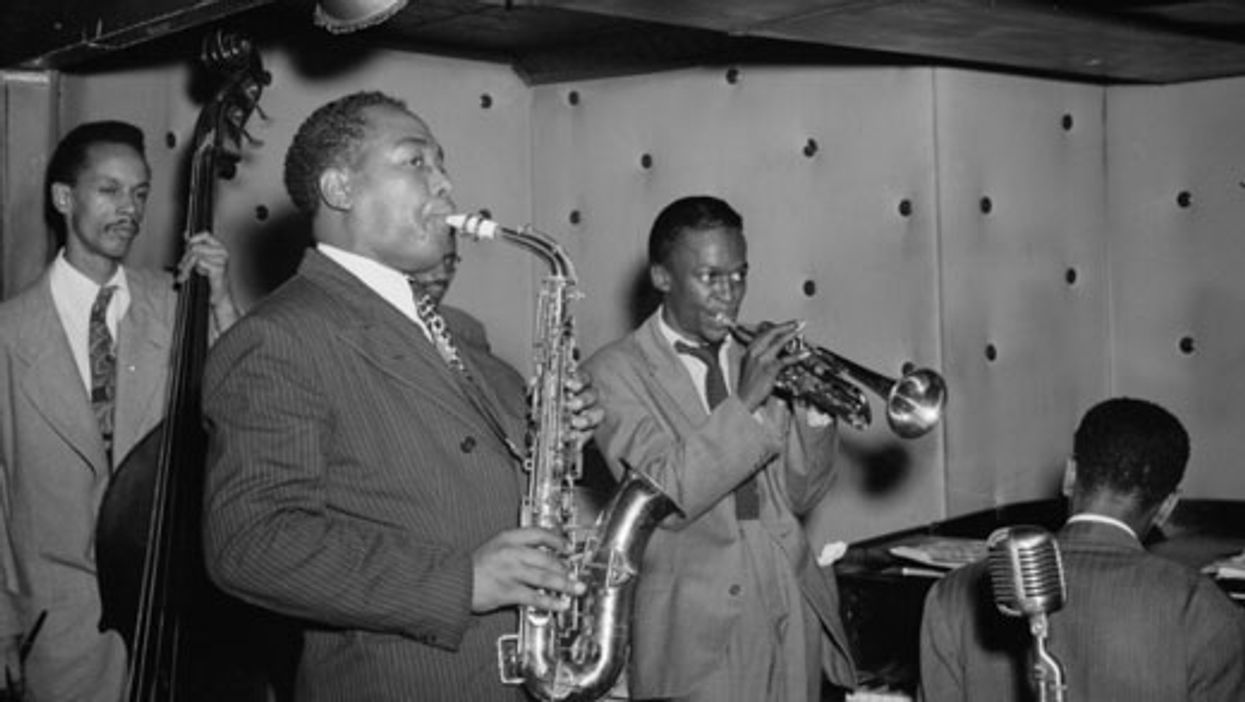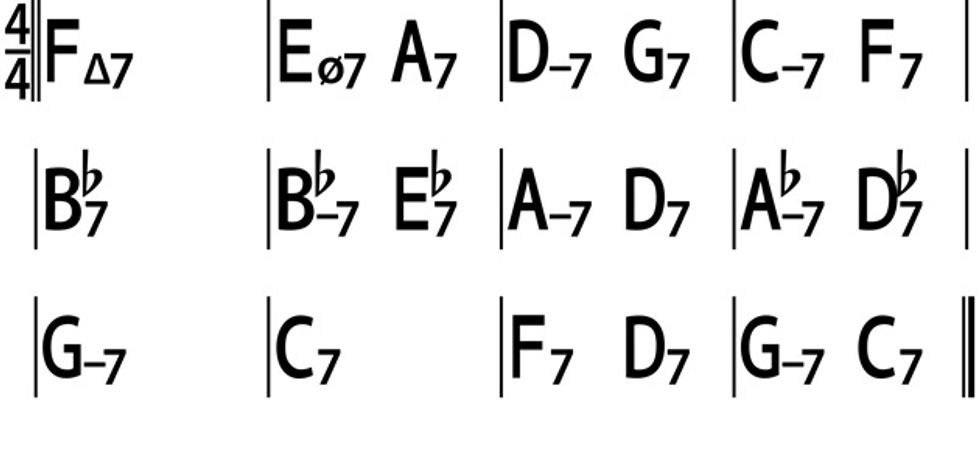I didn’t grow up listening to or playing bluegrass music, although that’s what I do for a living today. I cut my teeth playing electric guitar in garage bands doing classic rock songs by bands like the Grateful Dead, Creedence Clearwater Revival, the Rolling Stones, and the Beatles. I got deep into blues and played on the New York circuit as primarily an electric guitarist. Eventually, my journey through American roots music led me to bluegrass and I got the bug. It was challenging to learn bluegrass guitar coming from electric guitar. There were different techniques to develop and it was significantly more physically taxing to me than playing the blues. So here are 10 tips I hope can help you if you are interested in grabbing that acoustic guitar and pickin’ some bluegrass music.
Metronome, Metronome, Metronome!
Having a good sense of time is the first step to sounding great with all music, but especially in bluegrass or string band settings where there aren’t drums. Practicing with a metronome is the easiest way to improve your timing, and you will see results pretty quickly. Whether you are practicing scale patterns, chord changes, or just playing a song for fun at home, put that click on. There are many free and cheap metronome apps for your Smartphone these days, so there’s no excuse not to have one. Take a listen below to a short passage with a quarter-note click.
Flip the Click
Speaking of playing with a metronome, here’s a tip to making it even more fun to play with. To my ear it’s most natural to play with the click on straight quarter-notes, but try playing with the click on the and of each beat. This is where the mandolin chop (the snare drum of the bluegrass groove, so to speak) would be and it seems to feel more like playing music rather than merely practicing with a metronome. To flip the beat in your head, let it click four times, then start your count between click 4 and 5 (as you can hear in the recording below), and keep counting the four beats of the measure until you are turned in your head, then start playing.
Learn It Slow
Always learn to play a new passage slowly, and always with the metronome. It’s much better to play even excruciatingly slow but in time, rather than speeding up and slowing down to get through a line or playing too fast and missing notes. If you do it slowly and commit it to muscle memory, it will be much easier to play the passage fast later.
Rhythm Is King
In a bluegrass ensemble, guitar players have a very important job—laying down a good solid rhythm. Think about it: We might spend maybe three percent of a song playing a solo, if there is one. That means 97 percent of the time our job is to play rhythm. Therefore, that should be the ratio of lead to rhythm in your practice routine until you’ve got rhythm mastered. There’s no glory in rhythm playing from the audience, but there will be plenty from the musicians. When you can play great rhythm people want to play with you, period. It’s the opposite if you aren’t a good rhythm player—no matter how many breaks of “Blackberry Blossom” you worked up at 220 bpm. Trust me.
Learn Some Standards
Every genre of music has its standards—the songs that define the sound and style of the genre—and bluegrass is no exception. Learning and working through these tunes will not only give you a great place to start building your musical vocabulary, but you’ll also know material when you roll up to a jam session. Start by learning the chord changes, then the simplest form of the melody. From there, you can work up a solo by incorporating the melody and adding “ornaments” like some passing notes during rests in the melody or inserting a lick between phrases.
Here are a few to get you started: “Old Joe Clark,” “Fireball Mail,” “Salt Creek,” “Whiskey Before Breakfast,” “Angeline the Baker,” “Big Mon,” and “Red-Haired Boy.” Pay attention at local jam sessions, as you’ll start to notice that certain songs might be called out more. Don’t be afraid to ask one of the more experienced jammers if they could suggest any tunes as well. If you take their advice, you’ll know you have at least one other person to pick it with! Take a look at the video below to see super-picker Bryan Sutton absolutely tear through “Salt Creek.”
Bryan Sutton - Guitar Workshop - Salt Creek - Merlefest 2011
Find Your Palette
There are many tonal colors on your palette, and this is mainly controlled by your right hand. Play a scale up and down at a slow or moderate tempo. I like the chromatic scale because it doesn’t take any thought for the left hand, and the idea here is to focus on the right hand. Try moving your pick back and forth from the end of the fretboard all the way to right against the saddle. Also, try changing the angle of your pick (Photo 1) against the strings, starting with the pick perfectly parallel to the strings, then moving it slightly clockwise to increase the angle. As you can hear below, you’ll hear different tones, and these can all be used to get whatever sound you feel fits the song.

Relax
Bluegrass guitar is particularly physical, so it’s important to keep your muscles relaxed. This includes not only your hands and arms, but also your shoulders, neck, back, and mind. If you are feeling tension build up in your forearm—let’s say it’s at seven out of 10—try tensing up those muscles to 10 for a few seconds, then relaxing them. You should be able to feel the tension come down to a manageable level. Also, make sure you are breathing, which will aid in relaxing.
Efficiency
Playing smooth runs at fast tempos will sound better when you are more efficient with your motion. Try not to pull your fingers off the fretboard too much, and try not to over strum with your right hand. You can try to break bad habits by practicing very slowly, then increasing the tempo while always keeping tabs on your movements.
Practice for the Game
When you’ve mastered rhythm and start learning melodies to fiddle tunes, practice the rhythm with the melody. Once you’ve got the melody to the point that you can play it all the way through, put on your trusty metronome at a manageable tempo and play a round of the melody followed by a round of rhythm, then back to the melody and so forth. All too often I’ve seen intermediate players in jams play melodies and rhythm beautifully, but struggle transitioning between lead and rhythm. People forget to practice moving between these two roles, so when they get to the jam, they fumble with the transitions. Even if you are an absolute rhythm master, if the form is AABB, at least play one A and one B to shorten the rhythm time. It really does help to always be practicing those transitions.
Record Yourself
It’s very difficult to fully analyze your own playing while you’re in the act. For a better perspective, record yourself and listen back. You’ll be able to hear problem areas, as well as identifying things that are sounding good. It’s important to understand your playing from the listener’s point of view. You’ll be surprised how different it sometimes can be.











![Rig Rundown: Russian Circles’ Mike Sullivan [2025]](https://www.premierguitar.com/media-library/youtube.jpg?id=62303631&width=1245&height=700&quality=70&coordinates=0%2C0%2C0%2C0)










